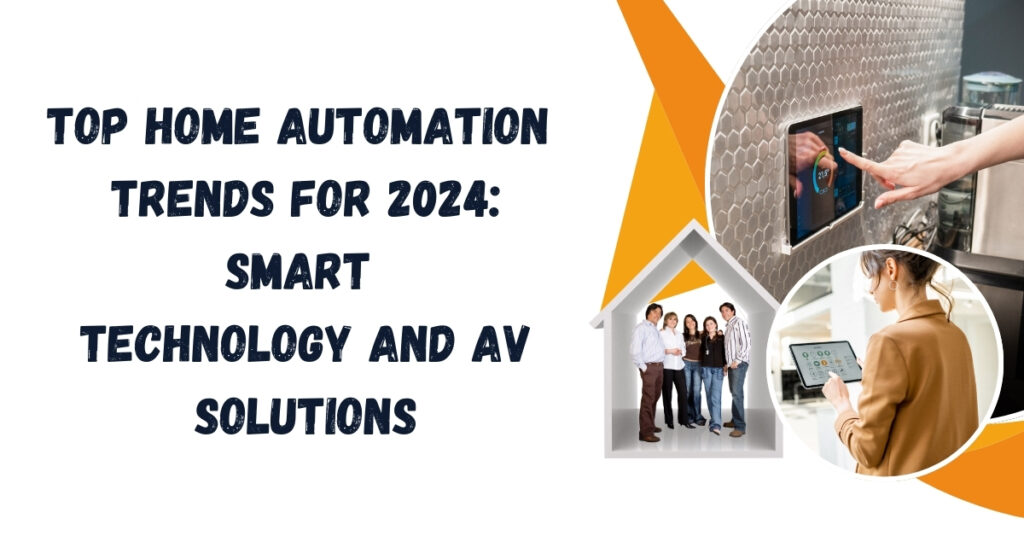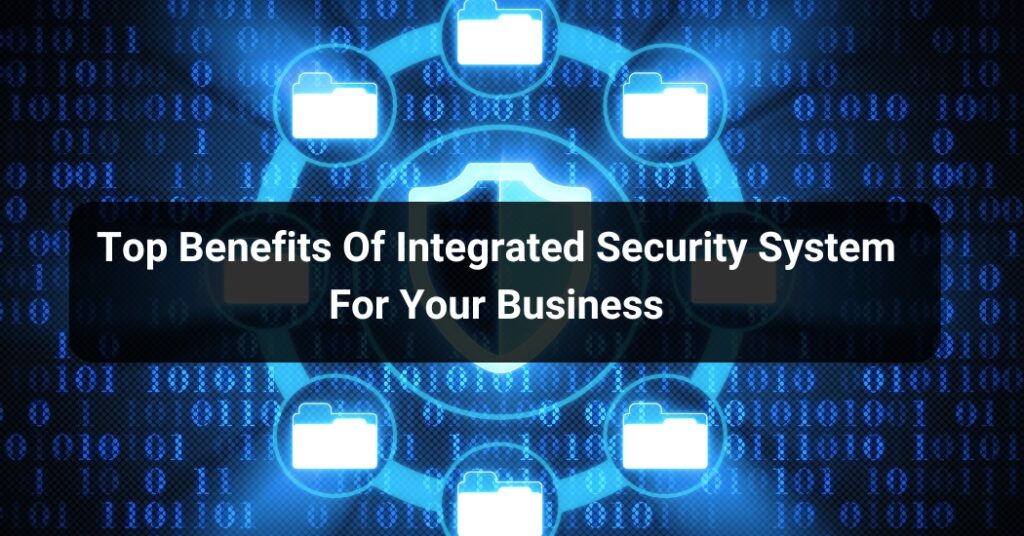Currently Empty: $0.00
A Comprehensive Guide to the Dynamics of Security System Integration

Imagine having all your security solutions, from smart locks to intercoms, keypads, security cameras, and more, centralized in one hub. This centralized hub allows you to manage and monitor all your physical security solutions and IoT devices from a single place. It streamlines your security operations, enhances efficiency, and provides a holistic view of your security infrastructure.
But why is security system integration so important? It offers numerous benefits that contribute to the overall effectiveness of your security operations. Firstly, it saves you time and money by eliminating the need for separate management systems for each security solution. With a centralized hub, you can easily monitor and control all your integrated systems, reducing the time and effort required for maintenance and administration.
Secondly, security system integration increases scalability and reliability. As your organization grows and your security needs evolve, the ability to seamlessly integrate new security solutions becomes crucial. Integrated security systems allow for easy expansion and integration of additional devices, adapting to your changing requirements. Moreover, by consolidating your security systems into a single hub, you enhance the overall reliability and performance of your security infrastructure.
Contents
What is Security System Integration?
Security system integration refers to the process of combining multiple security solutions into a single and centralized hub. This hub acts as a command center, allowing you to manage and control various physical security solutions and IoT devices from one place. By integrating different security systems, such as smart locks, intercoms, keypads, and security cameras, you can streamline your security operations and enhance overall efficiency.
The Centralized Hub: A Game-Changer
The centralized hub in security system integration serves as the nerve center of your security infrastructure. It brings together all the different security solutions into one place, eliminating the need for separate management systems. With a centralized hub, you can easily monitor and control all integrated systems from a single dashboard, saving you time and effort in maintenance and administration.
The Components of Security System Integration
When we talk about security system integration, we are referring to the integration of various security solutions. These solutions can include smart locks for access control, intercom systems for communication, keypads for secure entry, security cameras for surveillance, and even appliances, lighting, and HVAC systems for comprehensive control of your environment. By integrating all these components, you create a unified and efficient security infrastructure.
The Power of Integration
The true power of security system integration lies in its ability to bring together different security components and create a cohesive and effective system. By integrating your security solutions, you can automate processes, improve operational efficiency, and enhance overall security measures. This integration allows for real-time notifications and video feeds when unauthorized access is detected, proactive crime prevention through alarm triggers and video recording, and even increased safety and productivity through intelligent lighting and climate control. The possibilities are endless when it comes to harnessing the power of security system integration.
The Importance of Security System Integration
In today’s fast-paced world, the importance of security system integration cannot be overstated. With the increasing complexity of security threats, organizations need an efficient and effective way to manage their security infrastructure. Here are some key reasons why security system integration is crucial:
- Time and Cost Savings: By integrating various security solutions into a centralized hub, organizations can eliminate the need for separate management systems for each system. This saves time and money by reducing the effort required for maintenance and administration.
- Scalability and Reliability: As organizations grow and their security needs evolve, the ability to seamlessly integrate new security solutions becomes essential. Integrated systems allow for easy expansion and integration of additional devices, ensuring scalability and adapting to changing requirements.
- Enhanced Performance: By consolidating security systems into a single hub, the overall reliability and performance of the security infrastructure are improved. This centralized approach reduces complexity, streamlines operations, and allows for better monitoring and control of all integrated systems.
Benefits of Security System Integration
When it comes to security system integration, the benefits are plentiful. Here are some of the key advantages that organizations can enjoy:
- Streamlined Management: With integrated security systems, managing various security solutions becomes a breeze. Instead of juggling multiple systems, you can access and control everything from a single, user-friendly dashboard. This streamlines operations and simplifies the management process, saving you time and effort.
- Increased Efficiency: Integration allows organizations to automate processes and improve operational efficiency. For example, when access control systems are integrated with surveillance cameras, security personnel can receive real-time notifications and video feeds when unauthorized access is detected. This enables prompt response and efficient incident management, minimizing potential risks.
- Effective Crime Prevention: Integrated security systems enable proactive crime prevention by combining different security solutions. When motion sensors detect movement in a restricted area, the system can trigger alarms, send notifications to security personnel, and activate video recording. This integrated approach enhances security measures and helps deter potential criminal activities.
- Increased Safety and Productivity: By integrating security systems with other building systems, such as lighting and HVAC, organizations can create a safer and more productive work environment. For instance, when integrated with lighting systems, security systems can automatically adjust lighting levels in response to occupancy, enhancing visibility and reducing the risk of accidents. Integration with HVAC systems also ensures optimal comfort and productivity for occupants.
Security has become a paramount concern in today’s interconnected world. As smart devices and the Internet of Things (IoT) continue to rise, effective management and integration of security systems have become essential. In this comprehensive guide, we will explore the dynamics of security system integration, including its definition, benefits, and importance.
Conclusion:
Security system integration stands as a pivotal and intricate field, playing a crucial role in safeguarding businesses, organizations, and individuals alike. By seamlessly connecting various security systems and devices, businesses in Houston, TX, can significantly enhance their overall security posture and fortify their ability to detect and respond to potential threats.
As technology undergoes constant evolution, we anticipate witnessing even more innovative and effective integrated security solutions. For all the business owners, security professionals, and individuals in Houston, TX, understanding the dynamics of security system integration is not just valuable but essential in navigating the evolving landscape of security challenges.
So, if you’re in Houston, TX, and ready to take the next step in fortifying your security infrastructure, consider reaching out to hire a security integrator in Houston TX. Delve into the fascinating and ever-evolving world of security system integration—it holds the key to a safer and more secure future for businesses and communities in Houston.
Related articles:
Points to Consider When Securing Your Premises With Security Cameras













